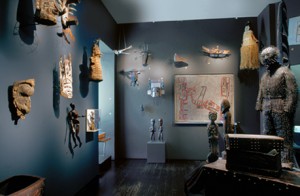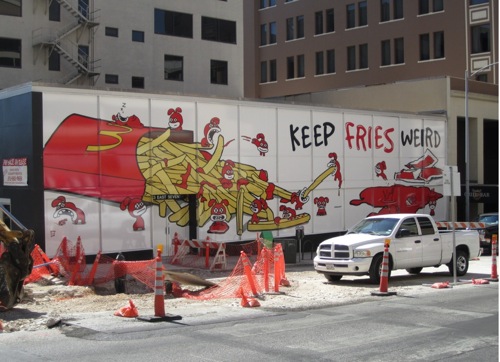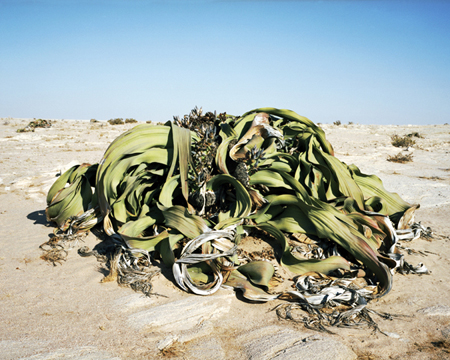Here are some seminars that you’ll probably not attend but might wish you could. I thought that it might be interesting to see this in context of our reading of Ranciere.
Essex / Brighton Seminars on Aesthetics & Politics 10/25-10/26
:: Curating Resistance :: Aesthetics & Ethics in Social Movement ::
:: October 25th, 2010:: University of Essex ::
:: Room 4.722 :: 1PM – 5PM ::
http://www.minorcompositions.info/curatingresistance.html
Participants: Gavin Grindon (Kingston) // Paul Halliday (Goldsmiths) // Antigoni Memou (University of East London) // Matthew Poole (Essex)
Avant-garde and social movement art production has long had a troubled and conflictual relationship with the museum and the archive. The call to abandon the gallery as a space for art separated from everyday life, one that all too often neutralizes the antagonistic energies of radical art, reverberates from Dada through Fluxus, the Surrealists to Reclaim the Streets. But in today’s post-Fordist creativity-fueled economy, the call to end this division rings hollow precisely because it has already been accomplished: the energies of insurgent creativity are rendered into forms of dispersed production for the net economy. The surrealist invocation of the marvelous is today’s advertising copy. Joseph Beuys’ proclamation that “everyone is an artist” has been realized in perverse form as “everyone is a worker,” where relationality is ‘socially sculpted’ through the circuits of an always present network culture as opportunities for capitalist valorization: all YouWork and MyProfit.
What might there be that could avoid these tensions and contradictions, or at least begin to suggest ways to work through and against them? Where does one go when life itself is both a direct producer of value and the substance of artistic production? To a gallery of the streets? Or maybe a university of trash? Is the archive of the undercommons a pile of zines sitting at the back of the infoshop? A pile of fleshy tissue inscribed on by a Kafka-esque writing machine? Perhaps it is all and none of these things. Thus we return to the question of the archive and history not to catalog social movement artistic production for a gallery-morgue or the productivity of the metropolitan factory, but rather to consider what an ethics and aesthetics of developing a living archive of experience and knowledges that can feed back into and through the fabric of everyday life might be.
Sponsored by the University of Essex Management Centre (http://www.essex.ac.uk/ebs/research/emc).
For more information contact Stevphen Shukaitis (sshuka@essex.ac.uk).
—
Metropolitan Strategies, Psychogeographic Investigations
:: A Drifting Seminar :: Brighton, October 26th, 2010 ::
Starting @ the Cowley Club, 2PM
http://www.minorcompositions.info/brightondrift.html
The notion of psychogeography (as well as many other ideas of the Situationists) appears frequently within political and artistic discussions. Indeed, they circulate to the point of cliché, in the process becoming almost completely emptied of content. The derive is reduced to a leisurely stroll, perhaps accompanied with some secondary musings about the nature of the spectacle, a dash of literary activity, or perhaps some local history. This is a hollowing out of the concept. Psychogeography for the Situationists was primarily not an aesthetic activity, but more than anything a strategic approach to understanding the forces shaping the city and from those finding points of intervention in it. At times it verged on a nearly military framework, working to gain an intuitive understanding of the territory and its layering of images, affects, and circuits of capitalist valorization.
Today we find ourselves in a condition of ever intensified spectacular sociability: all of life put to work in webs of biopolitical production, overwhelming communicative and media flows, and the reshaping of the metropolis through culture led gentrification. More than ever well-developed psychogeographic investigations are needed to comprehend the shaping of the metropolis and the possibilities this offers for political action. But this is not a task for the carefree wanderings of the flaneur, but perhaps better suited for what Ian Sinclair has described as the superseding figure of the stalker, the one who knows where he is going, but not why or how.
The aim of this encounter is to draw together concepts from psychogeography and unitary urbanism with recent writings on the shaping of the metropolis today. And from this approach to understanding the changing nature of the city elaborate new political strategies. For instance, if the metropolis is a factory, how would it go on strike? If all of everyday life and communication is put to work, how can we throw down our tools? And if capital attempts to recuperate all forms of radical politics in order to turn them into new energies for continued accumulation, is a strategy of concealment or incomprehensibility one way to escape from these dynamics?
This event will not be based around formal presentations, but rather will rather take the form of a drifting seminar. Participants will be asked to read several pieces of text that will form the basis of discussion and exploration.
 Links & other stuff
Links & other stuff



